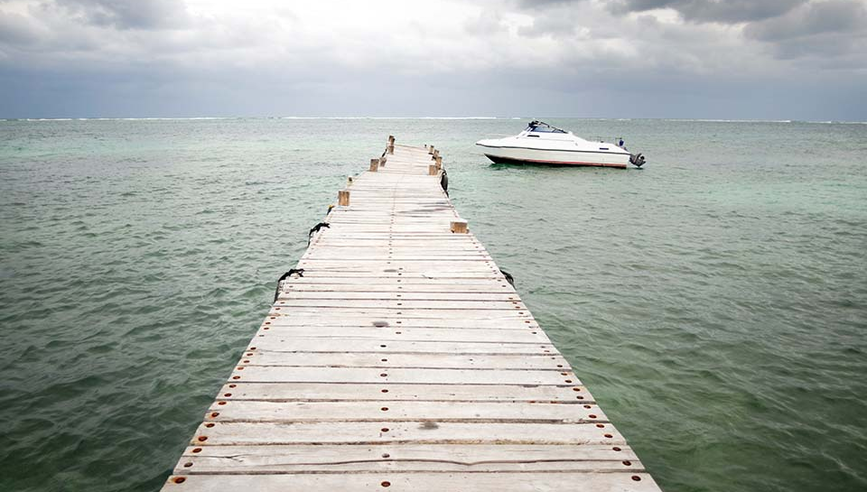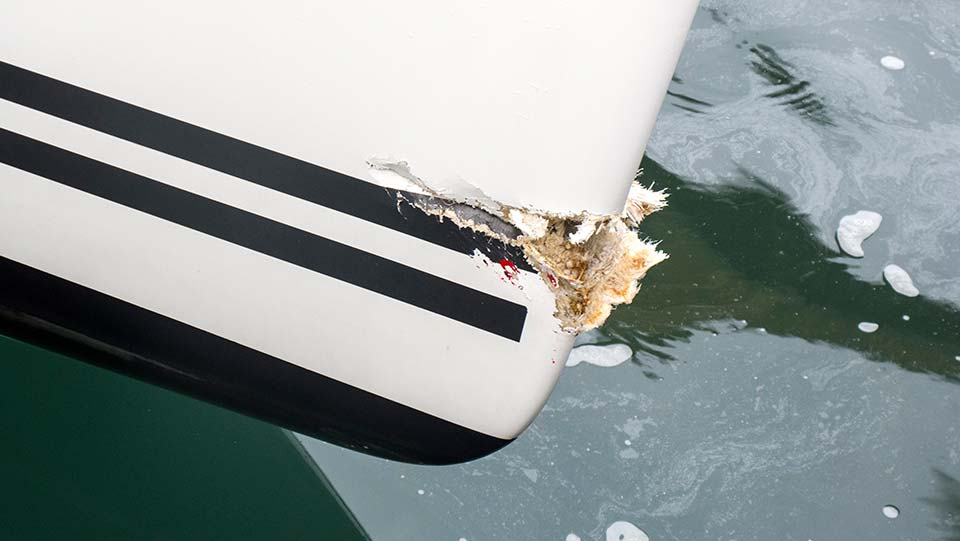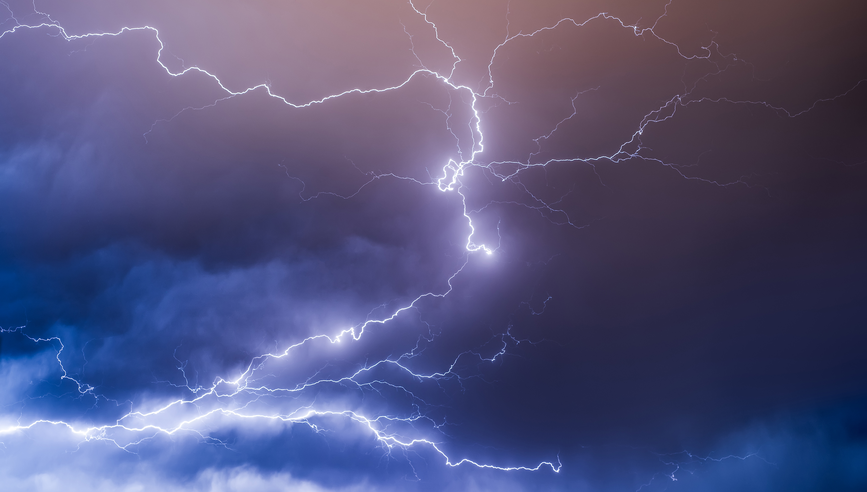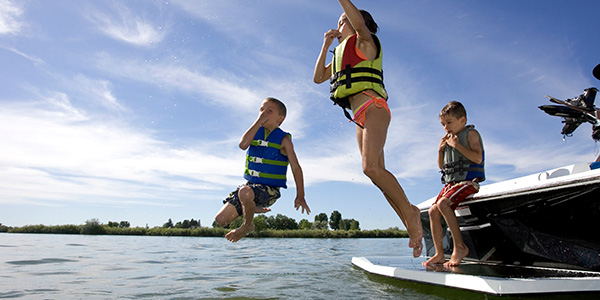How to Help Prevent Your Boat from Sinking


A boat can be a significant investment in time and money for any level of boat enthusiast, and keeping that vessel in seaworthy condition should be top of mind for any owner. Although boats sink for a number of reasons – including inclement weather, lack of maintenance and even potential issues while still on land – many occur at the dock and can be prevented with the proper precautions. The following tips can help prevent the worst from happening to your vessel.
Improper maintenance
Your boat requires regular maintenance to help keep it in good condition. Be aware that failing to follow the manufacturer’s maintenance guidelines could result in damage to your boat and its equipment.
- First, be sure to use marine-grade parts for maintenance and repairs. Otherwise, the parts may corrode or fail prematurely.
- When reconfiguring or repowering your boat, it is important to comply with the manufacturer’s guidelines. Overpowering or exceeding design weight capacities can result in very serious damages to your boat or lead to very dangerous circumstances out on the water.
- Conduct regular inspections and incorporate these into your pre-departure and post-trip routines. Inspect hoses, bellows and hull penetrations, taking early corrective action at the first signs of wear or degradation.
- Be sure to consult with a qualified marine technician before undertaking repairs above the operator level of maintenance. The American Boat and Yacht Council provides training on this subject and has additional reference resources relating to boat owner maintenance and repairs.
Inclement weather
Rain, fog, wind and waves can play a role in your safety, whether underway or tied up at a dock or mooring. Always be aware of the weather conditions before stepping on board your vessel.
- In the event of reduced visibility, slow down and confirm your navigational lights are operational and not blocked by items in your boat.
- Plan ahead and understand the tides and currents for the areas you plan to visit. Write down the times for high and low tides and identify any areas where you may plan to travel that will become impassable by your boat should the water levels not be sufficient. If weather conditions become dangerous, be sure to have the proper means of communicating with emergency services. An operational VHF radio can be a lifesaver. Always remain aware of your current location so that emergency responders can more easily assist your vessel if in distress.
Accidental grounding and strikes
When navigating on the water, it is difficult to always be certain what lies below your keel, especially in shallow waters. Uncharted obstructions and debris, carried by strong currents, can make a previously safe passage of shallow waters precarious without you knowing.
- Be aware of ever-changing surroundings in your immediate environment (e.g., other boats and/or objects).
- Use charts, maps or a navigation system to understand the known hazards and depths of water.
- Reduce your boat speed in unfamiliar or uncharted areas of water to help avoid colliding with unknown obstacles and encourage your passengers to assist in look-out duties.
- Know when the tides rise and fall. Tidal changes can alter the water depth and may expose more obstacles.
- When evaluating water depths, consider an additional safety factor that will account for errors in plotting, effects of wave height and your experience in the area you plan to navigate. Add two to three feet to your actual known hull depth and increase this amount when entering areas where you have less certainty regarding water depths.
Tips to remember
- Keep an eye on your drains and scuppers. Develop a routine of examining these pre- and post-trip and every so often while underway.
- Make sure all hoses are properly connected, double clamped and in serviceable condition.
- Confirm that the bilge pump is fully operational and installed at the lowest part of the bilge so it can detect the water level and turn on when needed. Also, ensure the battery is fully charged.
- When launching your boat from dry-storage or after being trailered, it is a good practice to examine your boat carefully before departing from the launch site to be certain there are no leaks immediately after launching it into the water.
- Properly maintain your vessel to help avoid preventable damage and/or sinking.



